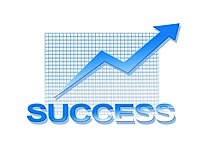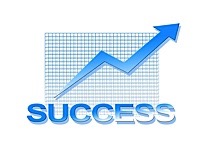
For those of you who want to get in on the ground floor of a new venture, but haven’t yet worked up the nerve to start your own, begin with a job at a startup. But first you should ask yourself if you are prepared for the realities.
Working for a startup is not a career choice, but more of a lifestyle. The long-term opportunities may be large, but near-term paychecks will be small, compared to large companies in the same industry. Stock options, if you get them, won’t help you pay the mortgage for a least a couple of years, and the value then is totally unpredictable. Don’t even think about health and dental benefits for your spouse and kids.
So here’s a strategy I recommend (definitely the most common strategy in Silicon Valley). One family partner works for a startup, and the other sticks with a large enterprise company like Intel, HP, Apple, IBM, or Fujitsu. The large enterprise provides one stable income, an excellent set of benefits for the family, and that partner can get off work at 5pm to pick up the kids.





















